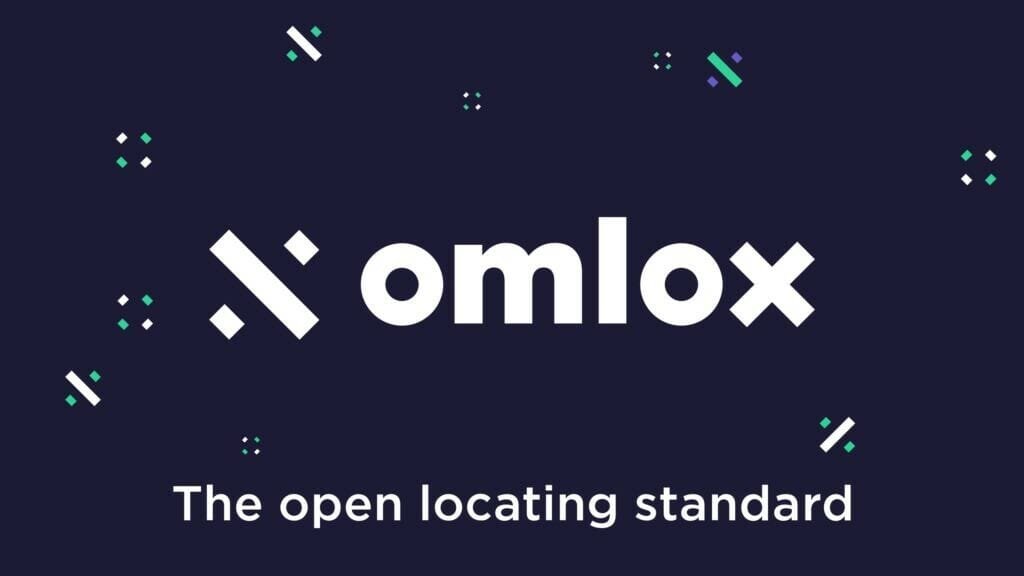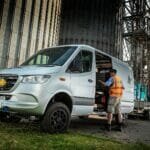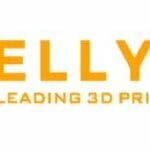omlox: Motivation
IV) The applications: There are applications for location data: navigating, tracking, routing, analyzing, warning, and so on. This layer will bring the final value of the location service.
omlox: The Industry 4.0 Location-based Service
omlox is defining standards in the cyber-physical location world: It is defining the interfaces between I) and II) as well as between II) and III) and III) and IV). All in all, omlox is the definition of three interfaces:
- The air-interface between I) and II) for a physical reference.
- The API between II) and III) to include any location data.
- The API between III) and IV) to add any application.

With omlox, users can customize their location solution in a vendor-independent manner. Any mobile omlox device (I) from any vendor can be located by any omlox infrastructure (II) from any vendor. Any omlox hub (III) from any vendor can include any omlox core zone or other any complementary location zones (II) from any vendor. And any location application (IV) fulfilling the omlox specification can be connected to any omlox hub.
In the end, the complete factory design will change with smart location-based services. The benefit of omlox will enable a significant portion of Industry 4.0: Omlox – The real-time location-based service.








